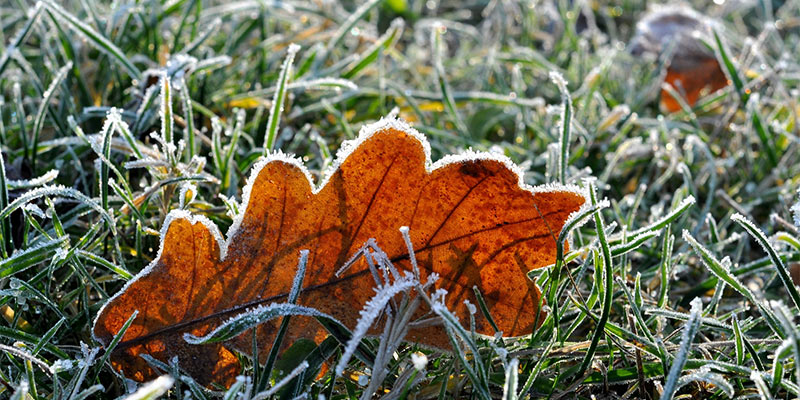
As winter comes, there are some important steps you need to take to prepare your yard. From preparing your plants and grass to winterizing the pool, these steps will make sure your yard is ready for another year.
Mow the Lawn
As summer comes to and end and winter is in sight, you need to keep mowing your lawn, but not as frequently. You don’t want to go into winter with an unmowed lawn, because this is unhealthy and will cause problems in the spring.
Be careful how short you mow your lawn, though. Cutting it too short is damaging to your lawn, and with colder temperatures coming, the grass might not have enough time to grow back. Use a high quality lawn mower that has adjustable blades so you can get the length right.
Generally speaking, you don’t want to mow your grass shorter than 1”, unless you live in a particularly cool climate.
Trim the Hedges
While there is no real problem with leaving hedges untrimmed heading into winter, this is a great step to take. The reason is because your hedges will probably stop growing throughout the winter, which means you get to enjoy the finely trimmed hedges for a season or two.
Make sure to pick up all of the trimmings and dispose of them in your trash can. While grass and leaves are suitable to add to a compost bin, don’t add any branches or brambles.
Winterize the Pool
Chances are you won’t be swimming in your pool over the winter, and you’ll want to prepare it for the season. Freezing temperatures can damage equipment if you don’t take care of this.
Take everything out of the pool, including floaters and vacuums. Clean the skimmer and basket one final time, and cover the pool. Add fortifiers to keep the pool water from growing too much during the winter season.
Make sure your pool is properly protected with a fence or hard cover. Covered pools can be very dangerous if someone were to slip and fall in.
Protect Patio Furniture
In the perfect world, you’ll want to bring in all of your patio furniture and store it indoors. This way, it is completely out of the elements. However, a lot of people don’t have space for this storage, and covering the furniture is the next best option.
Make sure your coverings are fastened really tight. Wind, rain, and snow can penetrate a loose cover over time. If possible, find a way to seal the cover so that moisture can’t get on to the furniture.
If you can’t store the furniture inside, at least pull the cushions and any other fabric off of the furniture and move it indoors.
Add Mulch to Plants
Many plants have a difficult time surviving the cold winter months. Adding mulch to these plants helps them preserve heat. It also keeps the dirt from rejecting them over the winter, as it freezes and expands.
If you need to, take pictures of your plants and go to a local nursery. Show them the different types of plants that you have, and ask them for advice on which ones need mulch added.
In some cases, you’ll also want to cover certain plants for the winter to protect them from frost.
Turn Off the Sprinklers
Finally, turn off all of your irrigation, including sprinklers and any drip systems that you have installed.
Most places receive plenty of precipitation in the winter, and won’t need the added aid of irrigation. In addition, these outdoor pipes can freeze during cold temperatures. Keeping the sprinklers running runs the risk of breaking the pipes.
